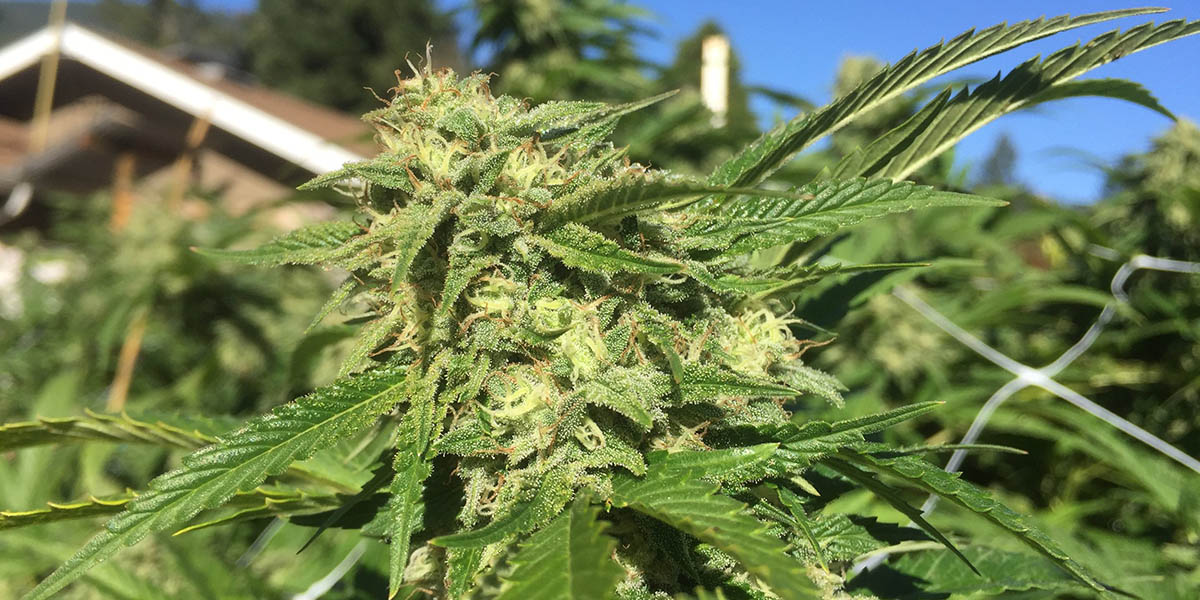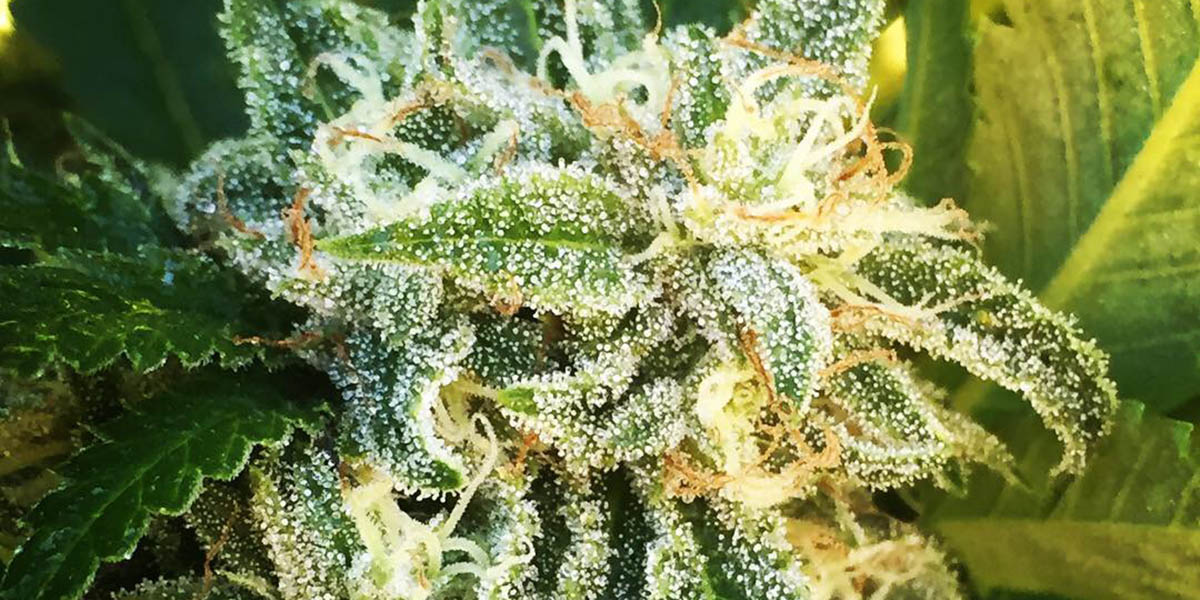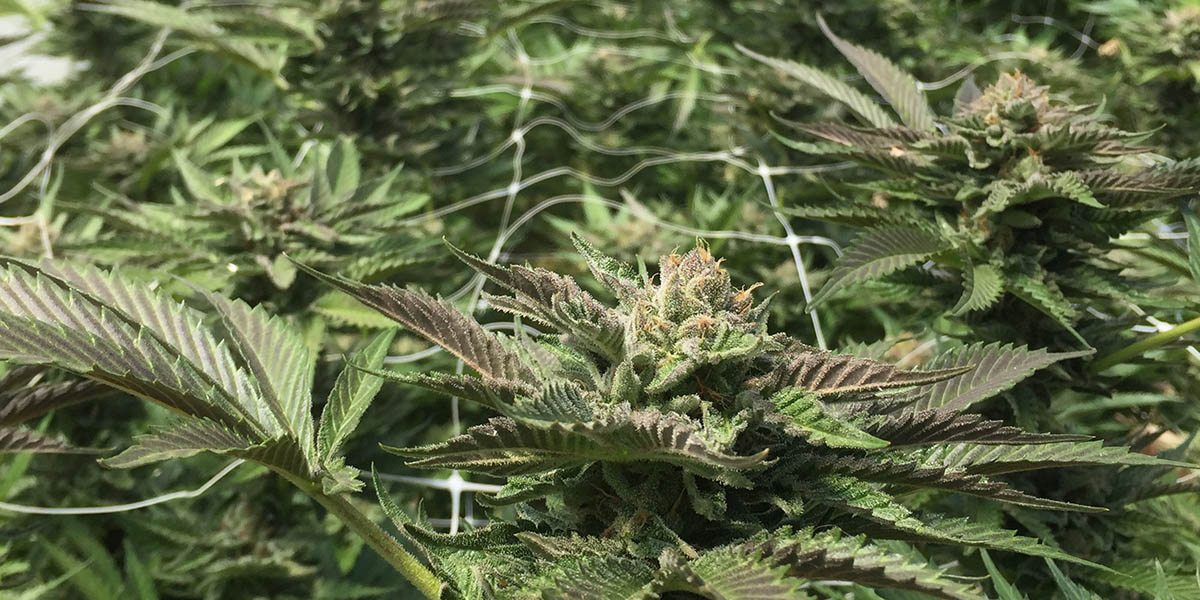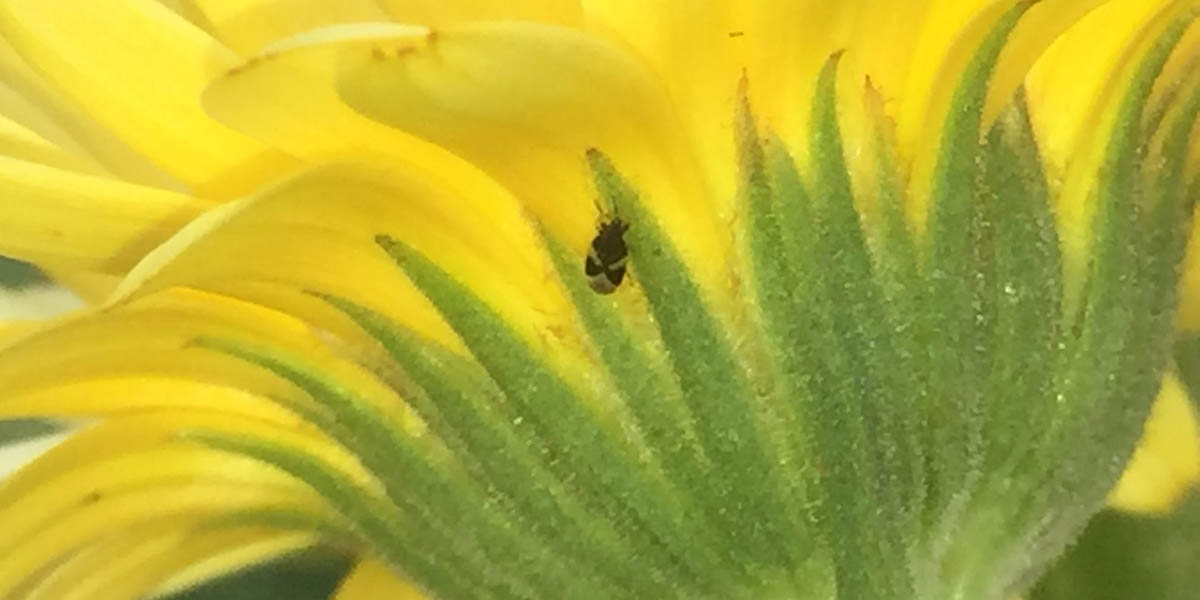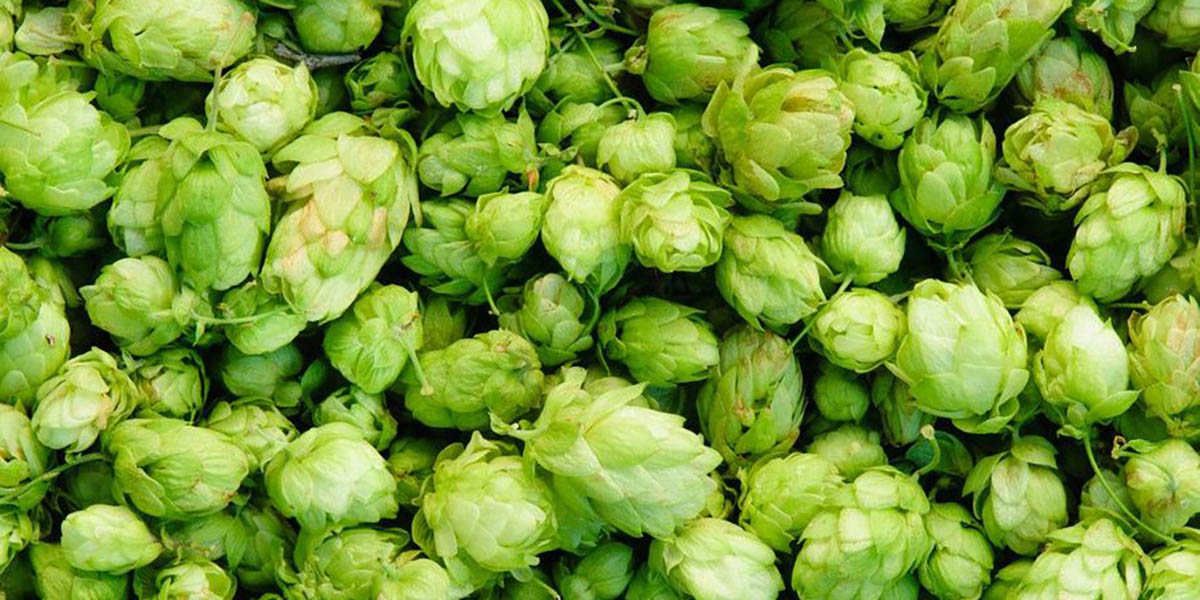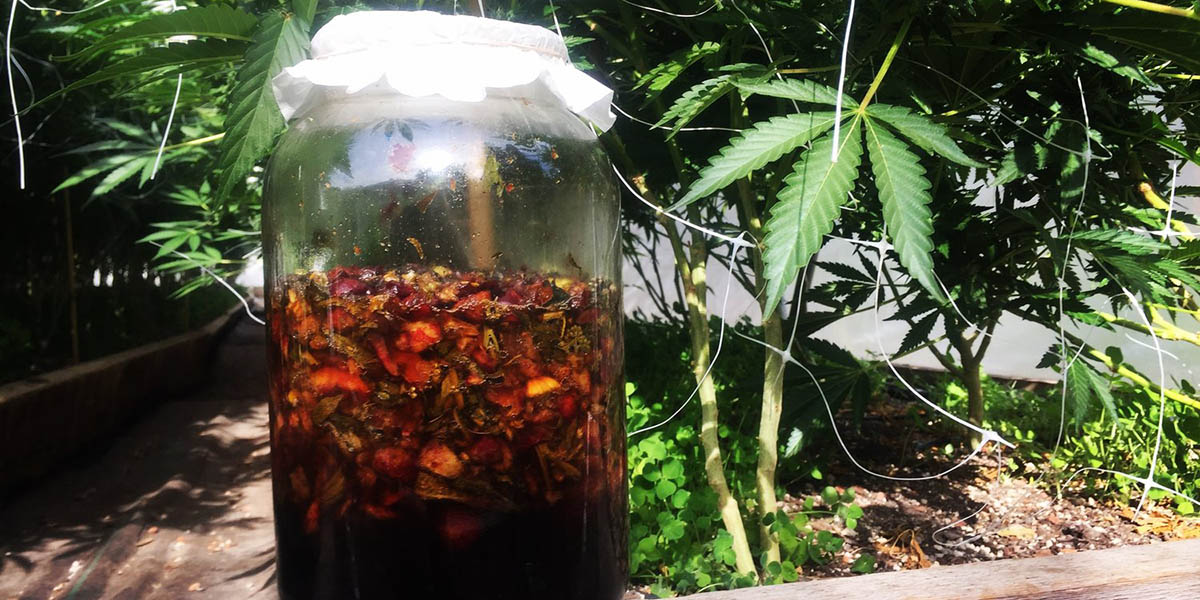Hempot™ Hemp Fiber Propagation Pots
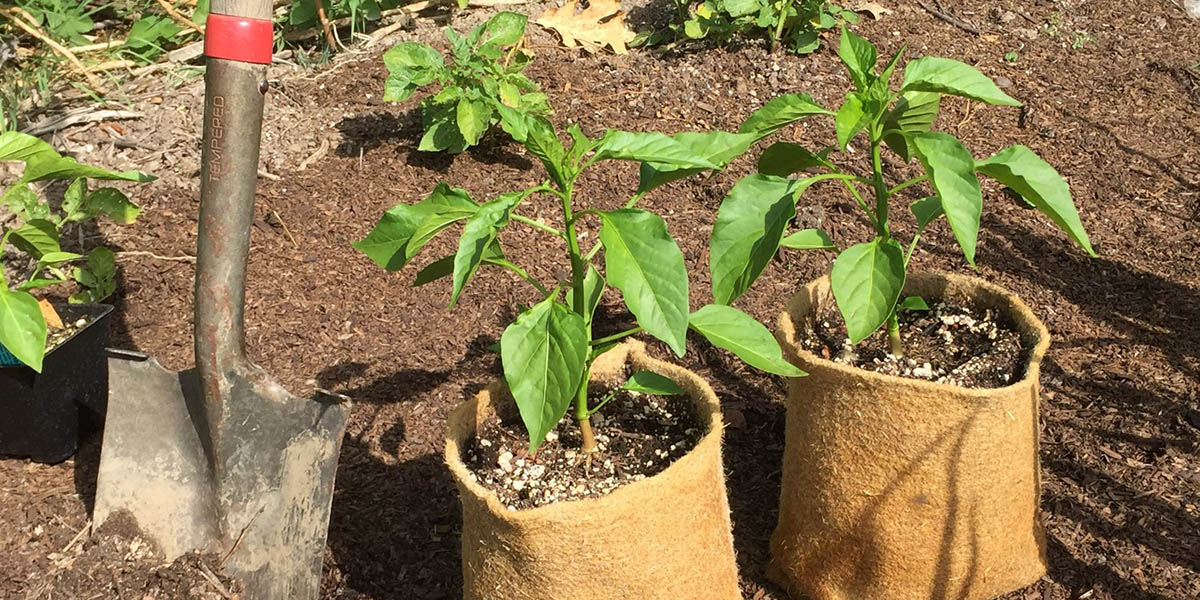
The Hempot™ is a transplantable propagation pot made completely out of hemp fiber. It’s materials and stitching are designed to be very sturdy during above ground usage but completely biodegradable upon transplanting. This pot is designed to be planted directly…


